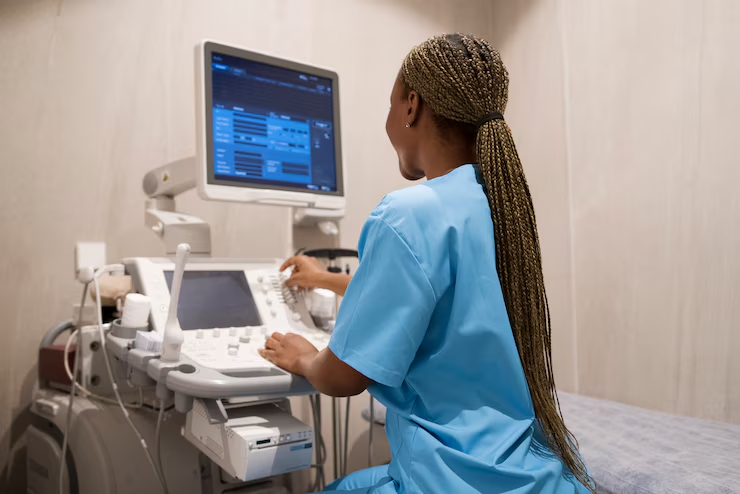Laparoscopy
Laparoscopy for Infertility Diagnosis & Treatment | Improving IVF Success
At DOREN-GYNAECARE IVF | FERTILITY, we use laparoscopy, a minimally invasive surgical technique, to diagnose and treat various gynaecological conditions that may impact fertility, such as endometriosis, fibroids, pelvic adhesions, and ovarian cysts. This procedure allows for both diagnosis and treatment in one session, improving the chances of successful IVF by addressing underlying issues that hinder conception. With over 20 years of experience, our specialists provide advanced care using the latest technology to support patients on their fertility journey.
Infertility Conditions Treated by Laparoscopy
Laparoscopy is effective for addressing several infertility-related issues, including:
Endometriosis
The procedure helps identify and remove endometrial tissue outside the uterus, which can hinder fertility and implantation.
Pelvic Adhesions
It can detect and remove scar tissue that blocks the fallopian tubes or impacts reproductive organs, restoring their proper function.
Ovarian Cysts
Laparoscopy aids in diagnosing and treating cysts on the ovaries that may prevent ovulation and healthy egg release.
Tubal Factor Infertility
It evaluates and repairs damaged fallopian tubes, enhancing the chances of natural conception and successful IVF.
Uterine Abnormalities
Laparoscopy helps diagnose and correct fibroids or polyps within the uterus that could interfere with implantation or pregnancy.

Advantages of Laparoscopy
Laparoscopy offers significant benefits over traditional open surgery, including:
- Smaller incisions for a better cosmetic outcome
- Reduced pain and faster recovery
- Lower risk of infection
- Both diagnostic and therapeutic capabilities
- Less blood loss
- Quicker return to fertility treatments
- Improved success rates
What to Expect During Laparoscopy
Here’s a general overview of the laparoscopy procedure:
- Preparation: You’ll be given general anesthesia, ensuring you’re asleep and pain-free throughout the procedure.
- Incision: A small incision is made, typically near the belly button, to insert the laparoscope.
- Insufflation: Carbon dioxide is pumped into your abdomen to create space for better visualization.
- Laparoscope Insertion: A thin, flexible tube with a camera is inserted, sending images to a monitor for the surgeon to examine your organs.
- Additional Incisions: If treatment is necessary, small incisions will be made for surgical instruments.
- Surgical Intervention: The surgeon performs the required procedure using the inserted tools.
- Completion: After the procedure, carbon dioxide is released, and the incisions are closed.
The entire procedure typically lasts between 30 to 60 minutes. Following the procedure, you’ll be monitored as the anesthesia wears off.
Learn More About Laparoscopy & Your Fertility Journey
At DOREN-GYNAECARE IVF | FERTILITY, we provide high-quality, compassionate fertility care. Contact us today for more information or to schedule a consultation. We’re here to guide and support you through every step of your fertility journey towards IVF success.
If you’re considering IVF or fertility care, discover how the expert team at DOREN-GYNAECARE IVF | FERTILITY can support you on your journey to building the family you’ve always dreamed of.
© Copyright 2025 | Doren-Gynaecare IVF | Fertility Centre | Privacy Policy | Terms and Conditions| Website Development by Uppermark Solutions Limited
